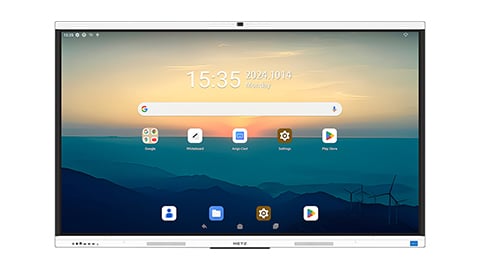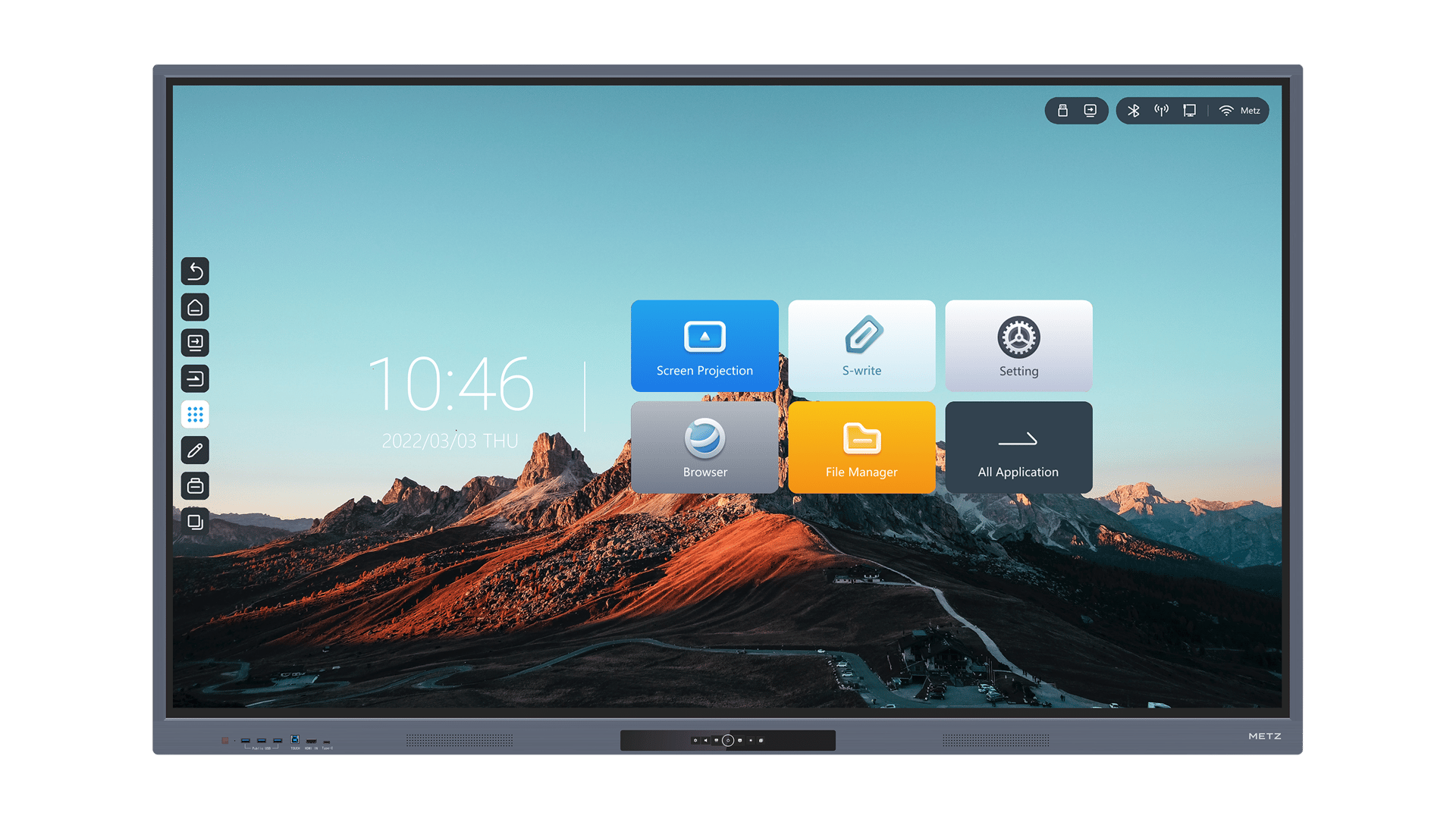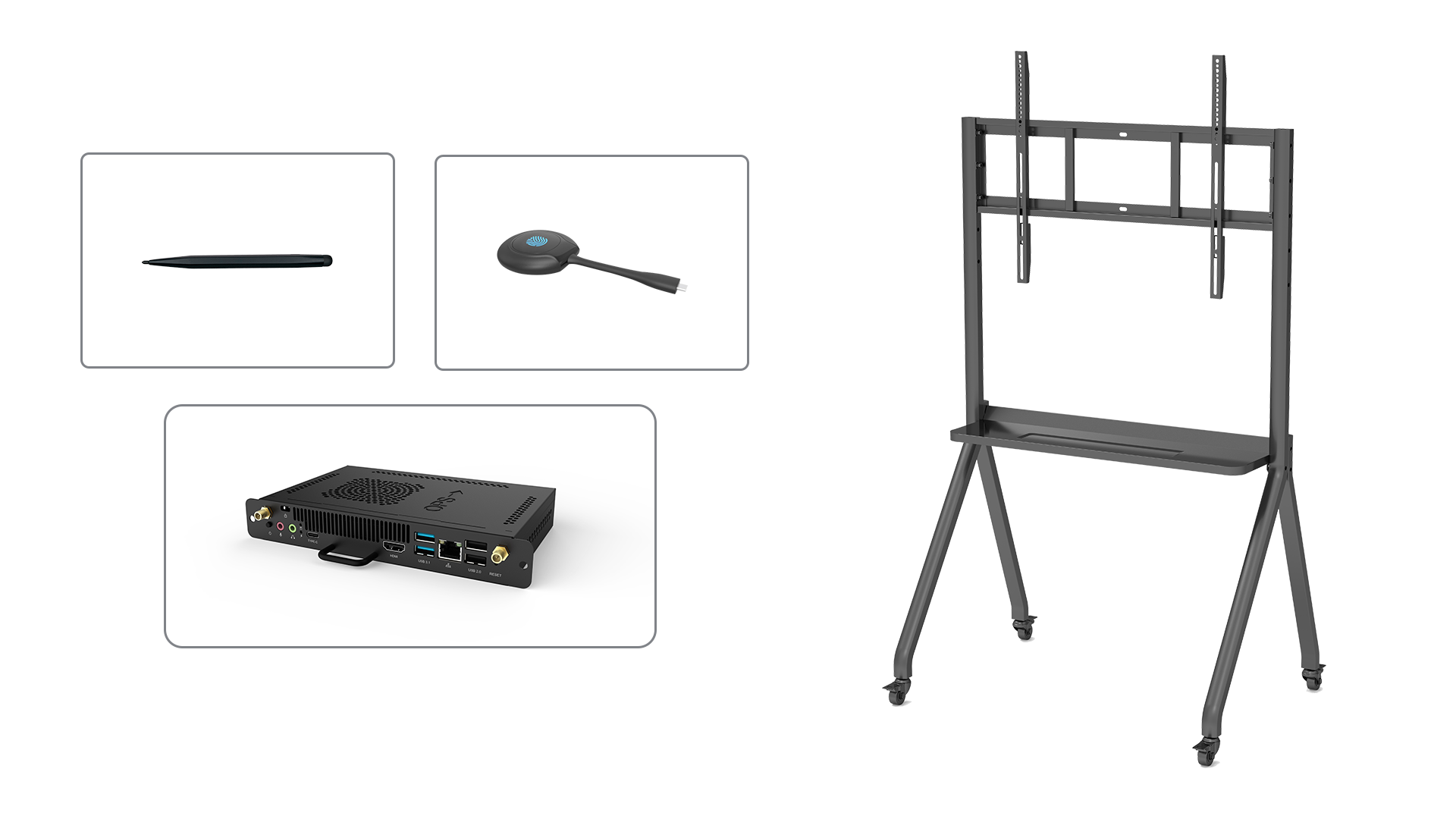smartboard install: Everything You Need to Know
Introduction: Smartboards have revolutionized the way we interact with technology in classrooms and boardrooms. In this article, we will explore the various aspects of smartboard installation, from the benefits it offers to the steps involved in setting up a smartboard. Whether you are a teacher, a presenter, or someone interested in incorporating this technology into your space, this comprehensive guide will provide you with all the information you need.
The Benefits of Smartboard Install
Smartboards offer numerous advantages over traditional whiteboards and projectors. Let's take a closer look at some of the key benefits:
1. Enhanced Interactivity
Smartboards allow for a highly interactive and engaging learning or presentation experience. With touch-sensitive screens, users can control the board using their fingers or a stylus, making it easy to write, draw, and manipulate content.
Using interactive features such as drag-and-drop, zooming, and rotating, educators can create dynamic lessons that cater to different learning styles. Presenters can also enhance their presentations by incorporating multimedia elements, such as videos and interactive quizzes.
2. Improved Collaboration
Smartboards promote collaboration among participants. Multiple users can interact with the board simultaneously, making it ideal for group activities and brainstorming sessions. With real-time collaboration capabilities, team members can contribute their ideas and make changes to the content in real-time.
3. Multimedia Integration
Smartboards seamlessly integrate with multimedia devices, allowing users to display content from different sources. Whether it's connecting to a computer, a document camera, or a DVD player, smartboards provide flexibility in incorporating multimedia elements into presentations or lessons.
4. Access to Digital Resources
Smartboards offer access to a vast array of digital resources, including educational software, online platforms, and interactive websites. Teachers can leverage these resources to enhance their lessons and provide students with interactive learning experiences.
5. Increased Student Engagement
By leveraging the interactive features of smartboards, teachers can create a more engaging and interactive classroom environment. Studies have shown that using smartboards in education increases student motivation and participation, leading to improved learning outcomes.
The Smartboard Installation Process
Installing a smartboard involves several steps. Here's a step-by-step guide to help you with the installation process:
1. Choose the Right Location
Before installing a smartboard, determine the ideal location for it. Consider factors such as visibility, accessibility, and proximity to power outlets and other necessary equipment. Ensure that the board is mounted at an appropriate height for comfortable use.
2. Prepare the Wall or Mounting Surface
Once you have selected the location, prepare the wall or mounting surface. Ensure that the surface is clean, smooth, and free from any obstructions. Measure and mark the mounting points for the smartboard bracket or mounting hardware.
3. Mount the Smartboard
Attach the smartboard bracket or mounting hardware to the wall or mounting surface as per the manufacturer's instructions. Make sure the board is securely fastened to the wall to prevent any accidents or damage.
4. Connect the Cables
Connect the necessary cables to the smartboard, such as power cables, USB cables, and video cables. Follow the manufacturer's instructions to ensure proper connections. Test the connections to ensure everything is working correctly.
5. Calibrate the Smartboard
Calibration is a crucial step in the smartboard installation process. It ensures accurate touch recognition and alignment. Follow the on-screen instructions or the manufacturer's guidelines to calibrate the smartboard properly.
6. Install the Software
Install the necessary software on the connected computer or device. The software allows you to interact with the smartboard and access its features and functionalities. Ensure that the software is compatible with your operating system.
7. Test and Troubleshoot
Once the installation is complete, test the smartboard and its functionalities. Ensure that all touch gestures and interactions work correctly. If you encounter any issues, consult the user manual or contact the manufacturer's support for troubleshooting.
8. Explore Additional Features
Once the basic installation is complete, take some time to explore the additional features and functionalities of the smartboard. Familiarize yourself with its capabilities and customize settings according to your preferences.
9. Provide Training and Support
For educators or organizations implementing smartboards, it is essential to provide training and support to users. Conduct workshops or training sessions to familiarize users with the smartboard's features and best practices for effective utilization.
10. Regular Maintenance and Updates
To ensure optimal performance, regularly maintain and update your smartboard and its accompanying software. Keep an eye out for firmware updates and security patches released by the manufacturer. Clean the smartboard surface regularly to maintain its touch sensitivity.
Conclusion
Smartboard installation offers a range of benefits, including enhanced interactivity, improved collaboration, multimedia integration, access to digital resources, and increased student engagement. By following the step-by-step installation guide and providing adequate training and support, educators and presenters can leverage this technology to create more engaging and interactive learning or presentation experiences.






